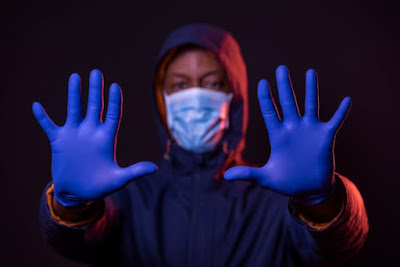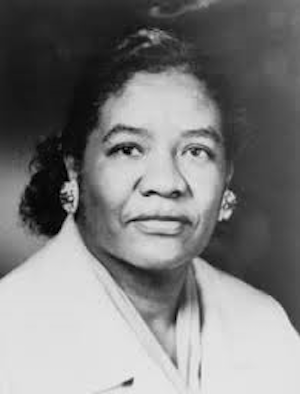 |
| Credit: Getty Images |
Topics: African Americans, Civil Rights, COVID-19, Human Rights, Medical Science
In recent weeks, my patients in an urgent care in central Brooklyn came in progressively sicker by the day. They were mostly Black and Brown. Many complained of fever, cough and worsening shortness of breath. I even sent a few of the sickest patients to the ER. COVID-19 had arrived in New York City in full-form, hitting its largely Black and Brown areas the hardest.
Only mere weeks into the COVID-19 pandemic, epidemiologists have not yet had the opportunity to disaggregate nationwide morbidity and mortality data by race, but Black Americans will undoubtedly be one of the most harshly affected demographic groups.
In recent weeks, my patients in an urgent care in central Brooklyn came in progressively sicker by the day. They were mostly Black and Brown. Many complained of fever, cough and worsening shortness of breath. I even sent a few of the sickest patients to the ER. COVID-19 had arrived in New York City in full-form, hitting its largely Black and Brown areas the hardest.
Only mere weeks into the COVID-19 pandemic, epidemiologists have not yet had the opportunity to disaggregate nationwide morbidity and mortality data by race, but Black Americans will undoubtedly be one of the most harshly affected demographic groups.
This pandemic will likely magnify and further reinforce racialized health inequities, which have been both persistent and profound over the last five decades, and Black Americans have experienced the worst health outcomes of any racial group.
What the COVID-19 Pandemic Means for Black Americans
Uché Blackstock, Scientific American
To fling my arms wide
In some place of the sun,
To whirl and to dance
Till the white day is done.
Then rest at cool evening
Beneath a tall tree
While night comes on gently,
Dark like me-
That is my dream!
To fling my arms wide
In the face of the sun,
Dance! Whirl! Whirl!
Till the quick day is done.
Rest at pale evening...
A tall, slim tree...
Night coming tenderly
Black like me.
Dream Variations, Langston Hughes, Poet.org and enotes analysis
